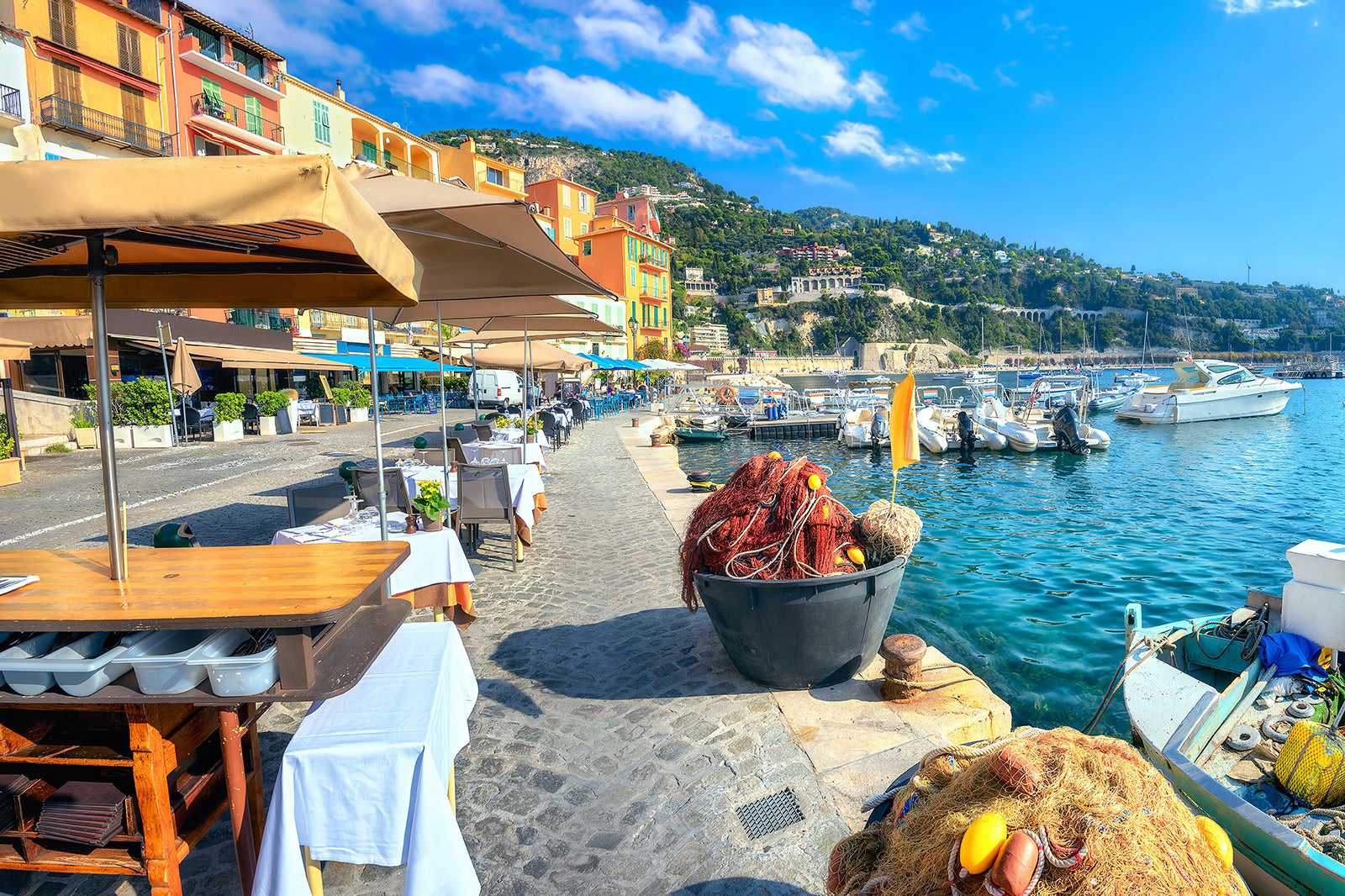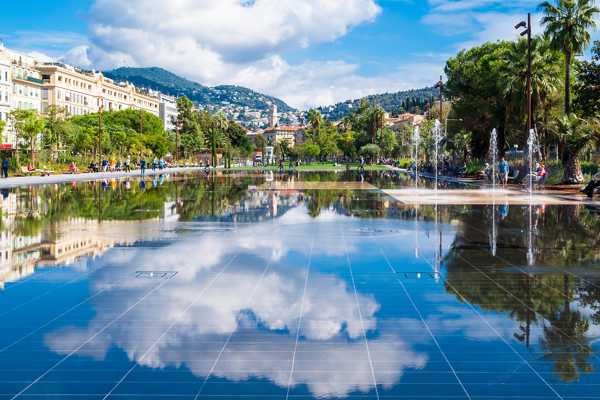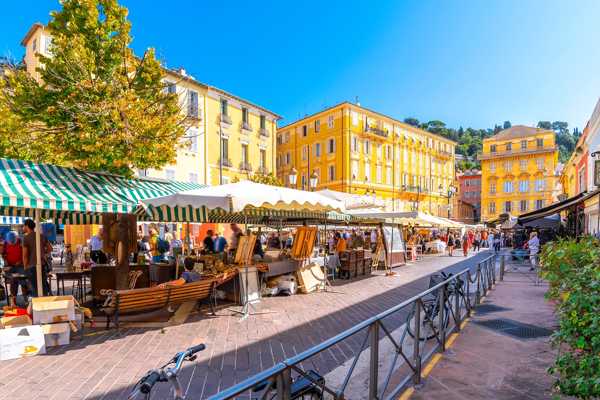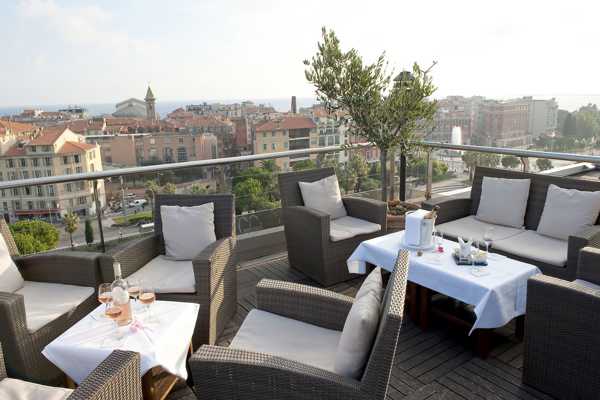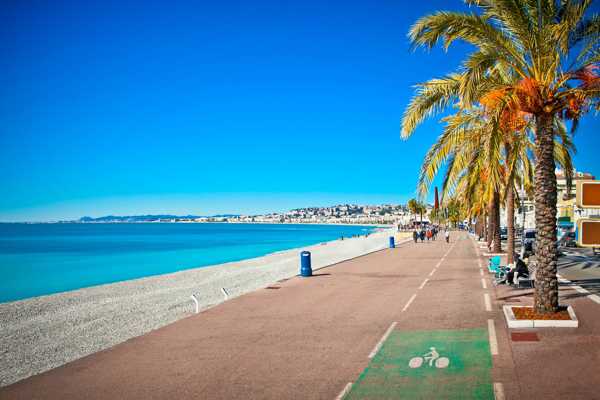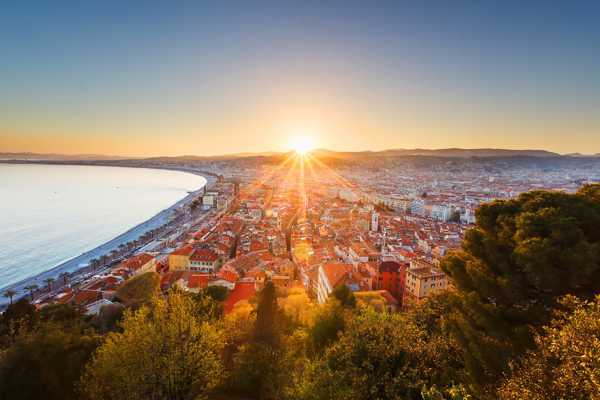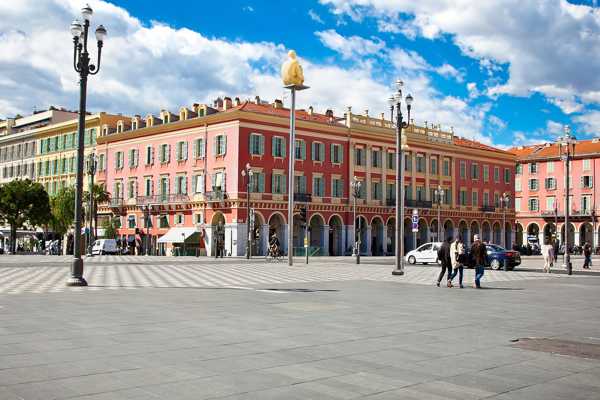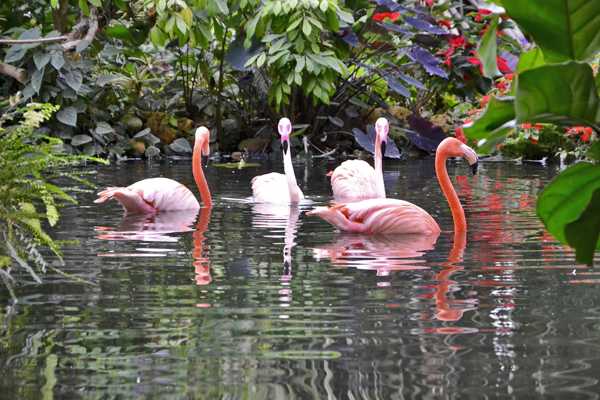Villefranche-sur-Mer is a charming port town on the French Riviera, about 8 km east of Nice. It forms part of the Métropole Nice Côte d'Azur, making it a Niçois suburb. The iconic but congested Basse Corniche passes through the town on its way to Italy, linking it to Beaulieu-sur-Mer, Èze-sur-Mer, Cap d’Ail and of course the principality of Monaco.
Colorful buildings crowd around a scenic bay in Villefranche-sur-Mer. The Alpes Maritimes shelter it and Mont Baron and Saint Jean Cap Ferrat flank it. Many Villefranchois families still make a living from fishing, selling their catch on the quayside. The town’s deep-water harbor enables yachts to drop anchor there. That’s also the reason why Villefranche-sur-Mer is the busiest cruise ship port on the Cote d’Azur if you measure it by passenger traffic.
Villefranche-sur-Mer near Nice - one of the highlights of 10 Best Beaches in Nice (Read all about Nice here)
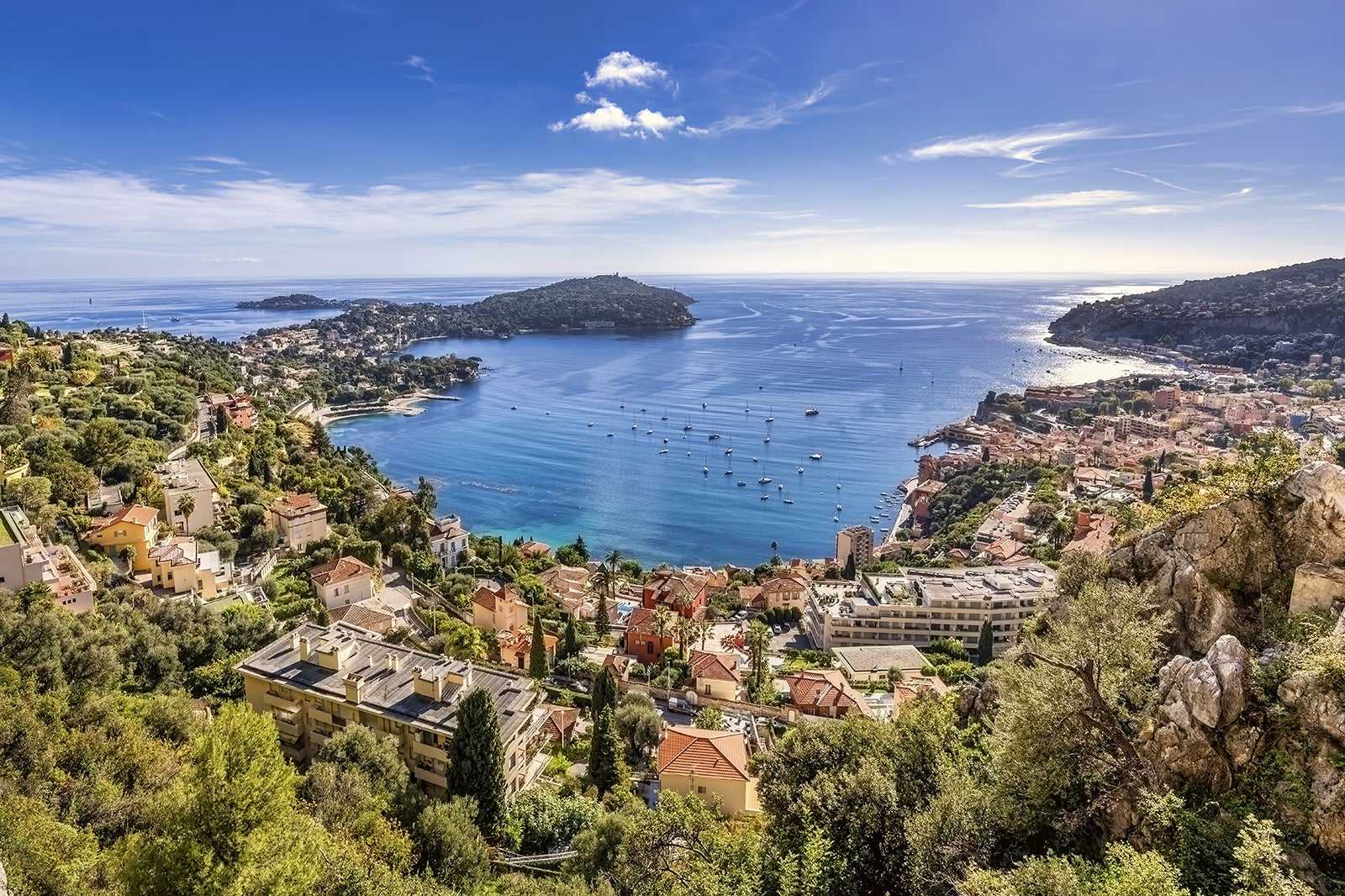
A brief history of Villefranche-sur-Mer
The land that Villefranche-sur-Mer now sits upon was once farmland. The Ancient Greeks and Romans made use of its harbor. In 1295, Charles II of Anjou identified its potential for trade. He initially granted tax relief to residents to encourage them to settle. The name Villefranche translates as “free port”.
Over the centuries, the area changed hands many times. In the 14th century, it belonged to the Duchy of Savoy. A few centuries later it fell to the French. Savoy won it back after the Peace of Utrecht agreement but soon lost it again. Then, the French were forced out for a second time, handing over to the Kingdom of Sardinia. Eventually, in 1860, as part of a wider process of Italian unification, it became part of France and has remained so ever since.
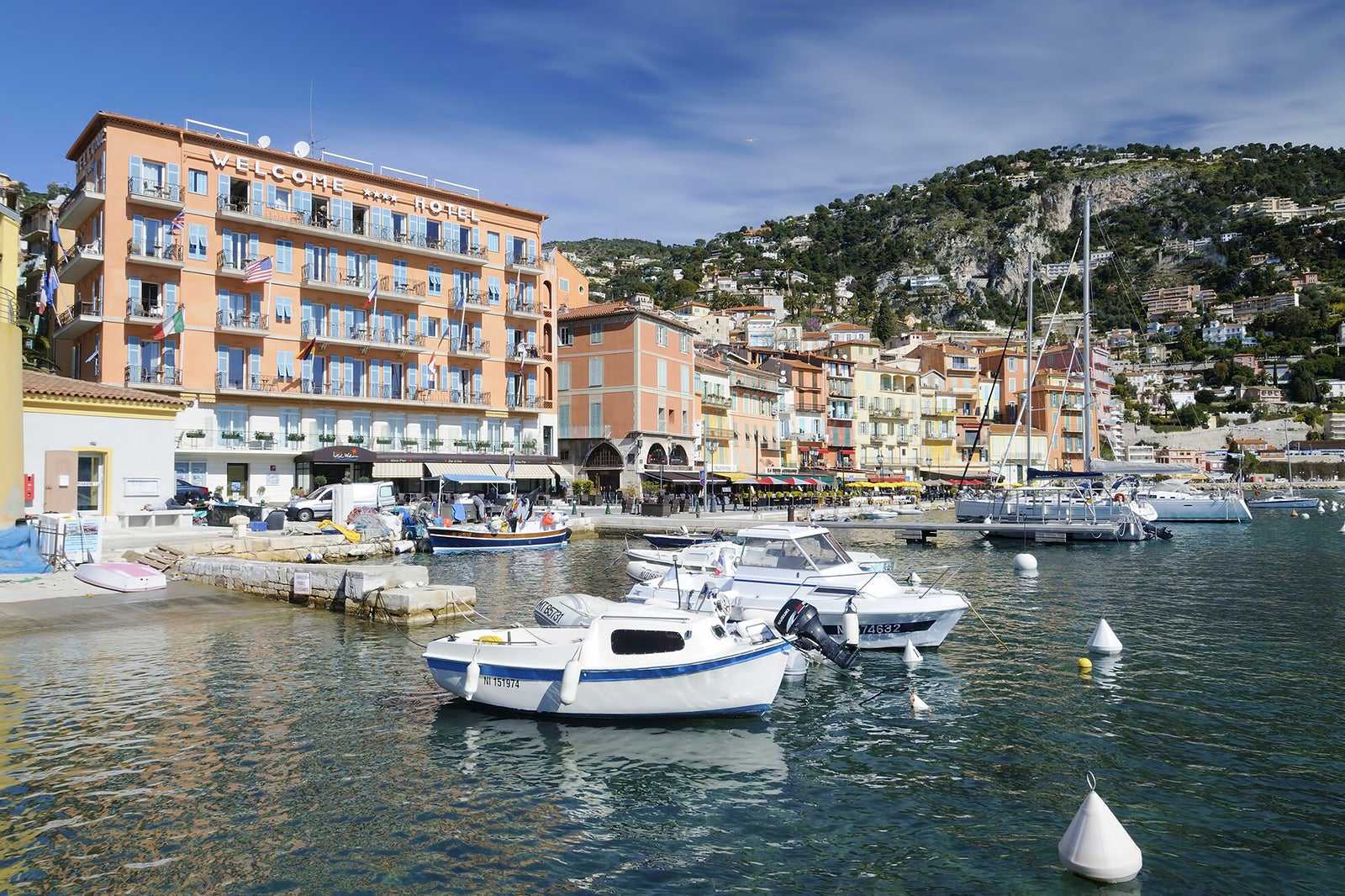
What are the highlights of Villefranche-sur-Mer?
The Welcome Hotel is a well-known Villefranche landmark. It opened in the 18th century as the Hotel de l’Univers, adopting its present name in 1920. Requisitioned in the war, it later thrived because of its popularity with the sailors of the 6th American Fleet – they drank there but were stationed nearby. Throughout its history, many famous people have stayed at the hotel. Among them are Errol Flynn, Evelyn Waugh, and Winston Churchill. Liz Taylor and Richard Burton once fled the Cannes Movie Festival to drink champagne at its bar.
From the hotel, it’s easy to spot the 14th-century Chapelle Saint Pierre with its pink, yellow, and white façade. Fishermen used to store their nets in this medieval chapel because it was so close to the port. It owes its interior artwork to French poet and playwright Jean Cocteau, a regular visitor to Villefranche. He created the interior murals in the 1950s. They tell the story of the life of Saint Peter and depict everyday life beside the Mediterranean Sea.

Église Saint-Michel is another important place of worship. This baroque Italian-style church was built in the 1750s. It replaced an older, much less showy, one. Visitors come to admire its marble altar, 18th-century organ and notable works of art including a life-sized sculpture of Jesus carved out of lumber from a fig tree.
Villefranche-sur-Mer has a number of fortifications. The 13th century Rue Obscure or ‘Dark Street’ was originally what’s known as a chemin de ronde, which was a protected walkway used by soldiers. Later, people covered it over because they needed to build houses. They used the space for storing wine or sheltering their goats. Today it’s an arched passageway that runs beneath a row of harbourfront houses.
In 1557, the Citadel of Sainte-Elme helped to defend Villefranche against invasion. The town hall, several museums, and an open-air theater occupy the space today. The Fort du Mont Alban on the hilltop overlooking the town was also used for defense. Port Royal de la Darse is another historical site with military connections. In the 18th century, a lighthouse, arsenal, forge, and dry dock beefed up an earlier dock. Later, the authorities added a penitentiary, officers’ barracks, and a factory making rope to be used in ships’ rigging. Today, it functions as a marina.
